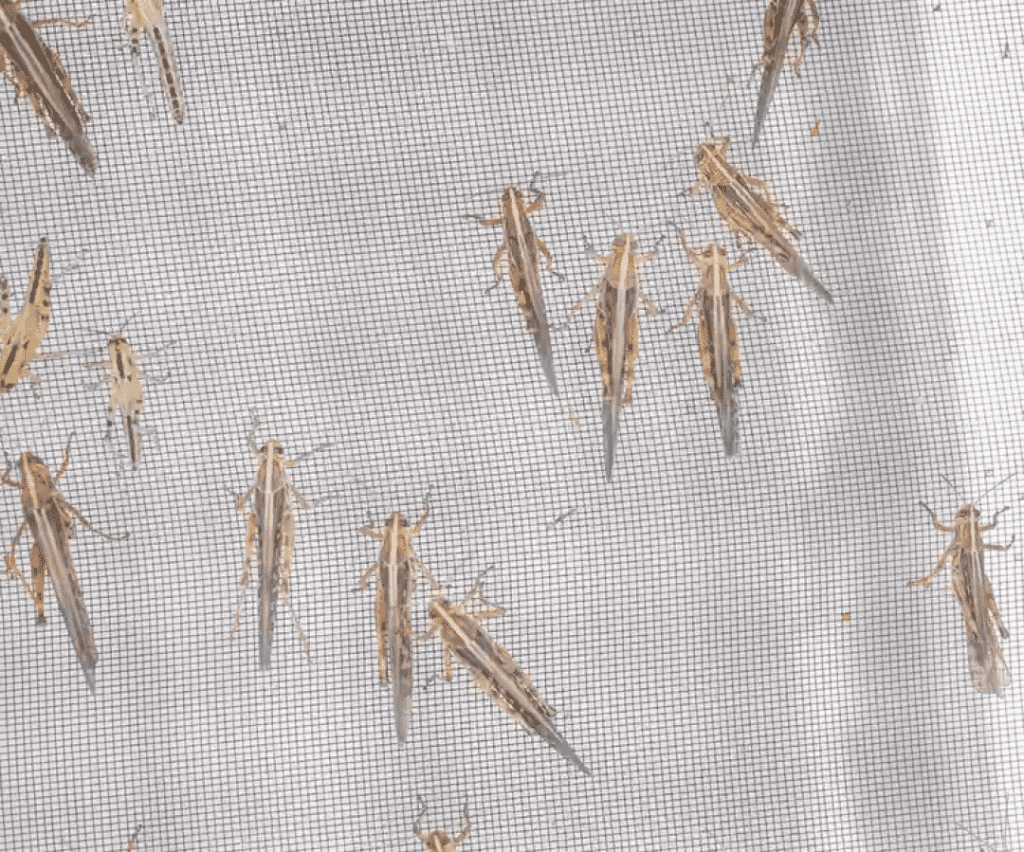In a recent study, scientists have achieved a breakthrough by discovering one of the most amazing capabilities of nature. As per the discovery, locusts contain the incredible ability to detect cancerous cells by smelling the volatile organic compounds (VOC) that human beings exhale. The cancerous patients contain cancerous cells in these VOCs in addition to the healthy human cells which can be detected by the locusts. The results can be measured by detecting the brain activity of the locusts via the means of electrodes. The discovery is an incredible scientific feat of its own and it has the potential to open new doors of opportunity for further research in this domain.

Not only this, but locusts can also differentiate the type of cancer cells by spotting the individual cancer cell lines. However, in this way, we can easily recognize cancer in its initial stages and treat the patient better. This is because cancer detected in Stage 4 has about a 10–20% chance of survival, while cancer detected in the initial stages, i.e., in Stage 1, has about an 80–90% chance of survival. According to the microbiologist, Christopher Contag from Michigan State University, “Early detection [of cancer] is so important, and we should use every possible tool to get there, whether it’s engineered or provided to us by millions of years of natural selection. If we’re successful, cancer will be a treatable disease.”

The VOCs that we exhale can be affected by the presence of cancerous cells, and this is how locusts can detect them. While scientists are glad to detect these cells by determining the locusts’ brain activity by attaching the electrodes, they are, at the same time, trying to “hack” the brains of locusts for the purpose of early diagnosis. However, the only limitation of this method is that it can only be used for detecting “mouth cancer,” but simultaneously, scientists are optimistic that the method could prove effective in detecting other types of cancer cells as well.
Contag further stated, “We expected that the cancer cells would appear different than the normal cells. But when the bugs could distinguish three different cancers from each other, that was amazing. “

On that count, scientists are making efforts side by side to develop a “bionic nose” that would work like the locust’s brain, but they are still not able to match nature’s flawless capability. However, if this method proves successful, then it would be a breakthrough in clinical research. Similarly, biomedical engineer Debajit Saha from Michigan State University, said, “Theoretically, you could breathe through a device, and it would be able to detect and differentiate multiple cancer types and even which stage the disease is in. However, such a device isn’t yet close to being used in a clinical setting. “


